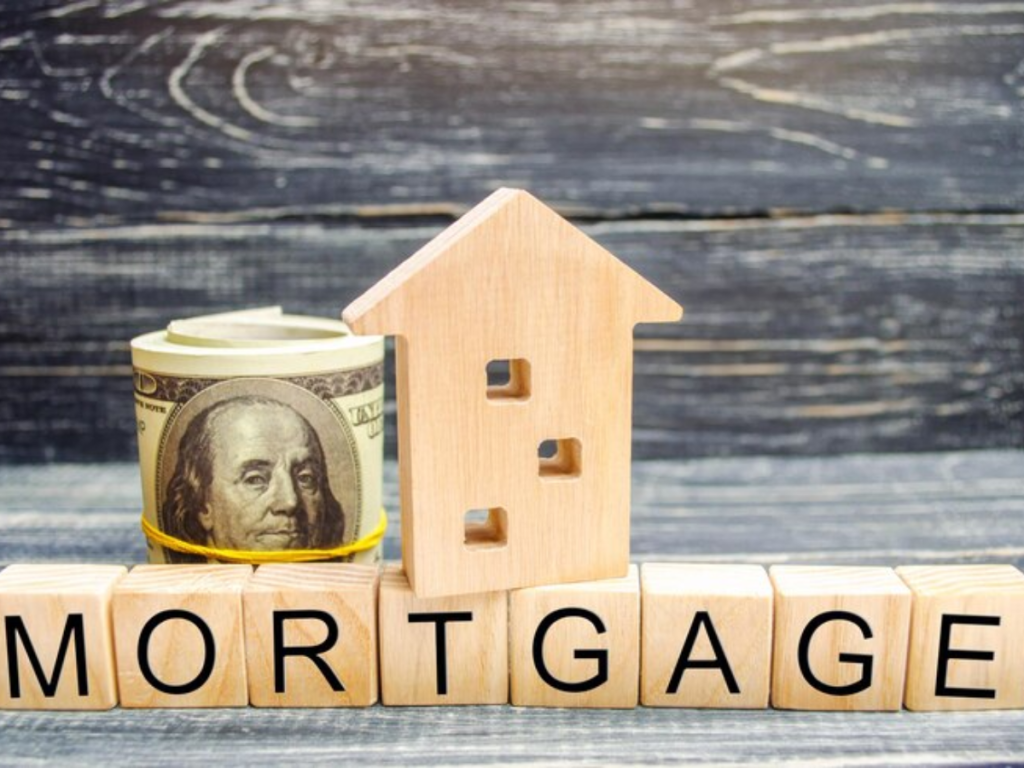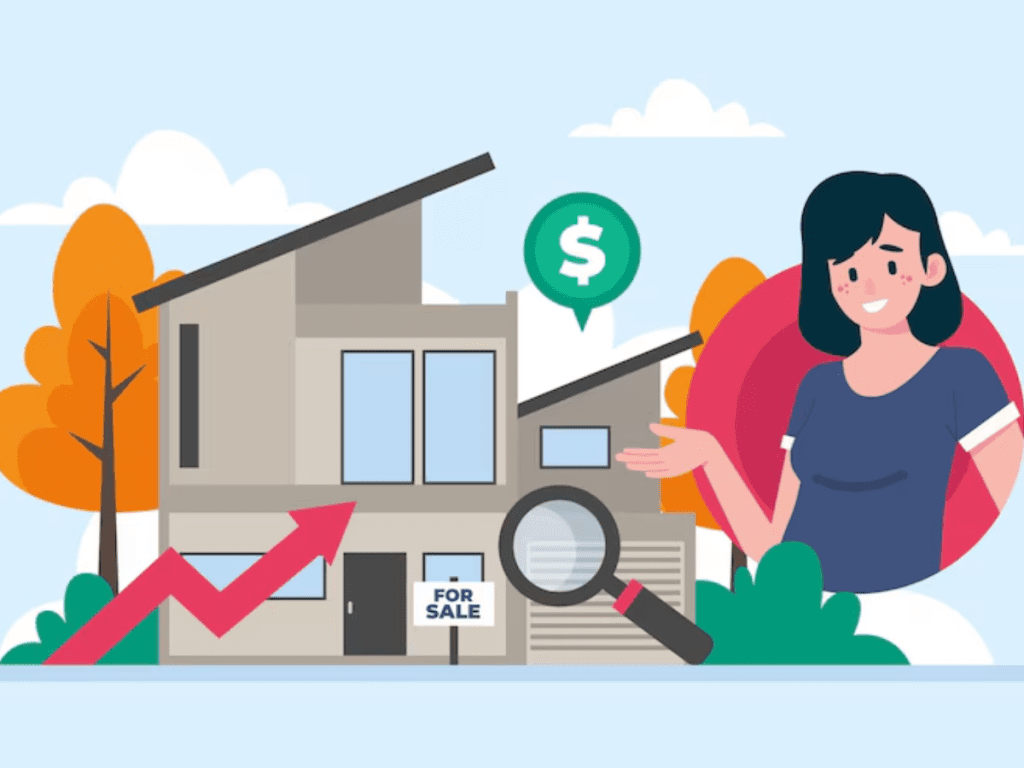Introduction
When it comes to buying a home, one of the most significant decisions you’ll need to make is choosing the right type of mortgage loan. The two most popular options are the 15-year mortgage and the 30-year mortgage. All have their pros and cons, and deciding on which one works best for you and your bankroll is paramount. This is a decision with lasting consequences in that the kind of mortgage you have will dictate your monthly expenses, the sum of money paid out over the term of the loan, as well as the amount of equity accumulated in the property. Here, we are going to see the major differences between a 15-year mortgage and a 30-year mortgage and how to make a smart choice that suits your financial objectives.
Understanding the Basics of 15-Year and 30-Year Mortgages
Prior to delving into the expense and advantage of every type of mortgage, understanding the general arrangement of both the 15-year and 30-year mortgage loan is necessary. Both of them are generally fixed-rate loans, i.e., the interest rate does not fluctuate over the period of the loan. The major difference among the two sorts of mortgages lies in the span over which you repay the loan.
A 30-year mortgage permits you to pay back the mortgage over a span of thirty years, which will generally mean that you have smaller monthly payments. This can make a 30-year mortgage more affordable for homeowners who prefer to maintain lower monthly payments. A 15-year mortgage, on the other hand, has a shorter duration, so you will pay off the loan in half the time. While the monthly payments on a 15-year mortgage are more, you will pay off your loan much faster and save money on interest in the long run.
Monthly Payment Comparison: 15-Year vs. 30-Year Mortgage
One of the most significant factors to consider when deciding between a 15-year mortgage and a 30-year mortgage is the difference in monthly payments. Since the 15-year mortgage has a shorter repayment term, the monthly payments are higher compared to those of a 30-year mortgage, which is spread out over a longer period.
To make this easier to visualize, let’s consider an example where you’re borrowing three hundred thousand dollars for the purchase of your home at a fixed rate of four percent:
- A 30-year mortgage would leave you making about one thousand four hundred thirty-two dollars per month.
- A 15-year mortgage, conversely, would leave you paying about two thousand two hundred nineteen dollars each month.
As you can tell, the disparity in monthly payments is considerable—approximately seven hundred eighty-seven dollars more for the 15-year mortgage. This disparity can be a big factor for many homeowners, particularly those who have a limited budget. Although the 15-year mortgage saves money in the long run, it entails a greater financial outlay every month, which may not be within everyone’s means.
The Overall Cost Over the Length of the Loan: Interest Paid
Though the monthly payments on a 30-year mortgage are smaller, the overall cost of the loan can be significantly greater due to the longer loan term. During the span of thirty years, you will pay a significant amount extra in interest over a 15-year mortgage, with its shorter loan duration.
Let us go on with the example of a three hundred thousand-dollar loan at a fixed interest rate of four percent:
- With a 30-year mortgage, the total cost of the loan, both principal and interest, would be approximately five hundred fifteen thousand dollars, with two hundred fifteen thousand dollars of that paid in interest.
- With a 15-year mortgage, the amount the borrower has to pay back, both interest and principal combined, would be around three hundred ninety-nine thousand dollars, of which ninety-nine thousand dollars would be interest.
From this illustration, you can determine that, although the payments will be more each month on a 15-year mortgage, you would pay quite a bit less in interest—about one hundred sixteen thousand dollars less—throughout the life of the loan. This alone can make the 15-year mortgage much more appealing to those who have the means for the greater payments and wish to reduce the total expense of the loan.
The Effect on Building Equity: 15-Year vs. 30-Year Mortgage
Equity is the value of your home that you actually own, and it grows as you pay down your mortgage. During the first few years of both a 15-year and a 30-year mortgage, some of your monthly payment is used to pay off the interest, and the rest goes toward the loan’s principal balance. But with a 30-year mortgage, most of the payments in the first few years are used to pay interest, so the rate at which you accumulate equity is lower.
With a 15-year mortgage, the increased monthly payments mean that more of each payment is applied to the principal balance of the loan. This is where you will accumulate equity in your house much quicker than with a 30-year mortgage. The capacity to accumulate equity faster can be a real benefit for homebuyers who expect to sell or refinance the house someday in the future because greater equity in the property can translate into a larger profit you can gain if you sell, or better terms if you refinance.
Flexibility and Financial Freedom: The Case for a 30-Year Mortgage
While the 15-year mortgage has definite cost-saving and equity-building benefits, the 30-year mortgage offers greater financial flexibility. For most homeowners, keeping monthly payments low is a primary concern, particularly if they already have other financial responsibilities or prefer to maintain some financial flexibility in their budget for financial surprises.
The 30-year mortgage is particularly useful for those who have to balance homeownership with other financial objectives. For instance, if you carry high student loan debt, automobile payments, or are saving for retirement, the lower monthly mortgage payments on a 30-year mortgage can make it possible to keep your finances from getting overextended. Also, the longer loan period gives you greater freedom to pay additional amounts towards your mortgage whenever your finances permit, without the urgency of increased payments.
A 30-year mortgage also brings peace of mind by presenting a bigger financial cushion for unforeseen emergencies. Whether it’s a surprise doctor’s bill, a loss of employment, or a significant house repair, less money going each month toward the mortgage can simplify financial pressure and give you space to bounce back without fear of increased mortgage requirements.
Tax Benefits of Mortgage Interest
One of the benefits for many homeowners of owning a home with a mortgage is the possible tax deduction of the interest paid. In the United States, for instance, mortgage interest can be deducted as a tax deduction, which translates to significant savings in the first few years of the loan. But it must be noted that the tax deduction is not equal to real savings.
Since a 30-year loan requires paying interest for longer on the loan, the tax savings in the beginning years might be greater than with a 15-year loan. This may cause some temporary financial gains, but this should not be the main reason for selecting a 30-year loan. As time passes, the interest you pay on a 30-year mortgage will diminish as the loan balance reduces, so the tax deduction will also reduce. So, although the tax advantages can be beneficial, they must not be the determining factor when deciding between a 15-year and a 30-year mortgage.
Which Mortgage Loan is Right for You?
Choosing between a 15-year and a 30-year mortgage ultimately depends on your personal financial situation, goals, and preferences. Here are some key factors to consider when making your decision:
- Your Monthly Budget: The most straightforward consideration is whether you will be able to manage the increased monthly payments that come with a 15-year mortgage. If your budget can accommodate the higher payments without causing undue hardship to your finances, the 15-year mortgage could work well for you. If you would like lower monthly payments so that you have more flexibility in your budget, a 30-year mortgage could be more suitable.
- Your Long-Term Financial Goals: If your main objective is to pay off your mortgage in the shortest time possible and save on interest, the 15-year mortgage will serve you well. If, on the other hand, you want to maximize your financial freedom and invest in other aspects like retirement savings, education, or a business, the 30-year mortgage might be more appropriate for you.
- Your Tolerance for Risk: A 30-year mortgage provides a sense of security because of its lower monthly payments, but it also means that you will be carrying a mortgage debt for a longer period of time. You prefer to be low-risk and desire not to shoulder the weight of a long mortgage, then peace of mind for you may lie in the 15-year mortgage since it facilitates quicker repayment and less debt left on your books.
- The Interest Rate You Obtain: The interest rate you obtain will have a significant impact on the overall cost of your mortgage. If you can obtain a low interest rate, a 30-year mortgage can be a more advantageous monthly payment and allow it to be simpler to juggle other financial goals. If you can obtain a low rate on a 15-year mortgage, this may be an excellent option to save even more on interest in the long term.
- Tax Considerations: While the potential for tax deductions on mortgage interest is an important consideration, it should not be the primary factor in your decision-making process. Focus on the long-term costs and the monthly payment structure that will work best for your financial goals.
Conclusion
Choosing between a 15-year and a 30-year mortgage is a decision that should be based on your personal financial goals, budget, and lifestyle. A 15-year loan benefits in paying back your loan earlier and saving in the long term, but there’s a need to pay higher every month. A 30-year loan provides the advantage of less payment each month, but at the expense of a larger final cost of loan due to a longer repayment duration and a bigger amount paid in interest. By considering in detail the above-mentioned factors, you are able to take an informed choice that best satisfies your financial needs and long-term goals.

